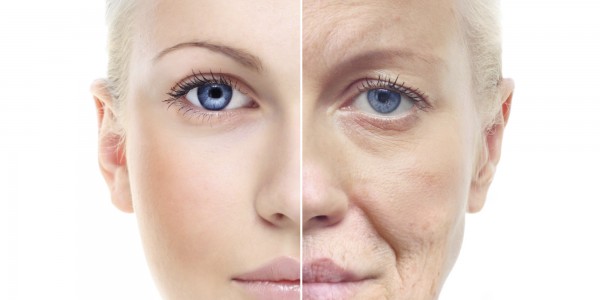What can we do to battle aging and collagen insufficiency?
Collagen is what?
Collagen is a fibrous, hard, flexible, and insoluble protein found all through-out our body systems. It makes up 1/3rd of our proteins (building blocks made of amino acids) and is 20% of our body’s mass most of which are in our skin, bones, and connective tissues. This protein gives our body tissues and cells its structure and strength as well as a level of flexibility. It also aids in production of new skin cells and some as protection for our vital organs and joints.
However, as aging occurs, the collagen production levels start to slow and decrease. There are many ways to produce more collagen and help prevent collagen fiber damage from happening.
A report in 2008 by the University of Michigan Health System identifies three collagen stimulating treatments. There is topical retinoic acid, cross-linked hyaluronic acid, and carbon dioxide laser resurfacing, all known for boosting collagen production by providing more collagen for the pre-existing collagen fibers, thus speeding up its recovery, preventing further damage, and actually making your skin looking and feeling younger.
There are ways to prevent damage of these fibers. One should avoid prolonged sun exposure, smoking tobacco and other harmful oral vices, stress, abuse of alcoholic beverages, dehydration, and sedentary living. In other words, staying healthy is important if you want to keep your collagen levels up , and your skin looking young and fresh.
3 Factors in Collagen Insufficiency
- Damage caused by the sun, tobacco smoke, hormonal instabilities, stress, free radicals, and pollution form tears in the fibers, thus increasing the chances of permanent collagen fiber damage, attributing to the increased rapidity of aging.
2. Fibroblasts, which is collagen made by the dermal skin cells, create new collagen fibers that help in the repair and recovery of other damaged collagen fibers. If the fibroblast reproduction slows then so does production of new collagen, thus giving our body less fuel for repair and rebuild.
3. Constant lack of repair and rebuild creates inconsistencies and gaps, particularly in our skin cells, thus creating faded lines, wrinkles, and a non-elasticity factor in our skin that we never had before.
4 Simple Prevention Methods
1. Avoid complex and refined sugars-
Glycation is a chemical reaction caused by intake of refined and complex sugars, dehydrating the collagen and elastin causing the two to stick together in a cross-linking fashion therefore making the skin tissues more rigid, dry, inflexible, causing lines and wrinkles to form.
2. Proper diet and rest-
Getting enough sleep is important in rebuilding and repair as well as a diet consisting of many vegetables, collagen rich proteins (such as lamb shank, pig’s feet, oxtail), and some fruits (a natural source of sugars).
3. Use high-antioxidant product-
Reduce free radical damage by using products that are high in vitamin C, A, and E as well as products that contain peptides and increases epidermal growth to stimulate more collagen growth.
4. Consider Treatment-
There are many options for treatment. Ask your dermatologist or do prior research. There are resurfacing lasers, chemical and organic peels, and lastly fillers like Botox (which is usually a desperate procedure, not advisable, as it could also cause irreparable damage). Always go for a less invasive approach. Focus on prevention first then consider treatment after all prevention measures fail. All natural is the best way always.
